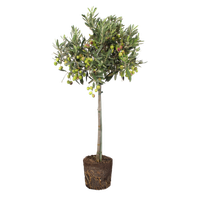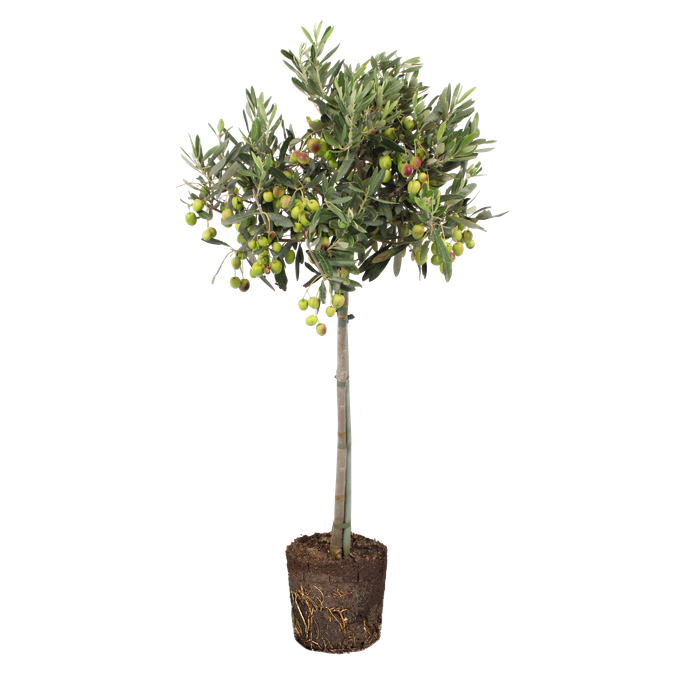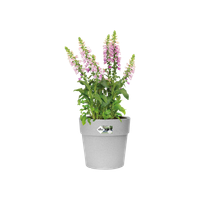
Olea europaea
Olive
Easy to care
A perfect match with...
View all matching pots
More about this plant
Read more about this plant
Curling leaves indicate that the plant is too wet.
More care tips
Olive trees love their sunshine
More about placement
If he's a fast grower, repot your plant into a bigger pot
More about propogation
Plant information
General
Care
Placing
Propogation
elho match

Olea europaea

